The Ultimate Guide To Companion Gardening
Companion planting is a gardening practice that involves planting different types of plants together for mutual benefit. There are many different benefits to companion planting, including:
- Reduced pest and disease problems: Some plants naturally repel pests or diseases, and planting them near other plants can help to protect those plants from harm. For example, marigolds are known to repel aphids, and planting them near tomatoes can help to keep these pesky insects away.
- Improved pollination: Some plants attract beneficial insects, such as bees and butterflies, which help to pollinate other plants. This can lead to increased yields and better-tasting fruits and vegetables. For example, planting carrots near dill will attract more pollinators, which will help to improve the carrot harvest.
- Enhanced growth and productivity: Some plants can actually help to improve the growth and productivity of other plants. For example, beans fix nitrogen in the soil, which can benefit other plants that need nitrogen. Planting beans near corn can help to improve the corn crop.
- Efficient use of space: Companion planting can help you to maximize the space in your garden by planting taller plants that provide shade for shorter plants. For example, planting tomatoes near broccoli can help to protect the broccoli from the hot sun.
- Visual appeal: Companion planting can also add to the visual appeal of your garden. By planting different colors, textures, and heights of plants together, you can create a beautiful and inviting space.
If you're new to companion planting, there are a few things you need to know. First, it's important to do your research and learn about which plants are compatible with each other. There are many resources available online and in libraries that can help you with this.
Once you know which plants you want to plant together, you need to consider the spacing requirements of each plant. Some plants need more space than others, so you'll need to make sure you leave enough room for them to grow.
You also need to consider the sun and water requirements of each plant. Some plants need full sun, while others prefer partial shade. Some plants need a lot of water, while others are more drought-tolerant.
Once you've considered all of these factors, you can start planting your companion plants. Be sure to water them regularly and fertilize them as needed. With a little care and attention, your companion plants will thrive and provide you with bountiful harvests.
Here are some additional tips for successful companion planting:
- Plant tall plants on the north or west side of your garden to provide shade for shorter plants.
- Plant plants with similar water and nutrient requirements together.
- Plant plants with different textures and colors together to create a visually appealing garden.
- Experiment with different combinations of plants to see what works best in your garden.
- Don't be afraid to ask for help from a gardening expert if you're not sure where to start.
With a little knowledge and effort, you can use companion planting to create a healthy, productive, and beautiful garden.
Companion gardening is a time-honored practice of planting certain plants together to benefit each other. Some plants attract beneficial insects that help to control pests, while others deter pests altogether. Some plants improve the soil quality, while others help to shade or support their neighbors.
If you're new to companion gardening, or if you're just looking for some new ideas, I recommend visiting Gardenia Inspiration. This website has a wealth of information on companion planting, including a comprehensive chart of which plants are good companions for each other. You can also find articles on the benefits of companion gardening, as well as tips on how to get started.
I've been using companion gardening in my own garden for years, and I've seen a real difference in the health and productivity of my plants. I'm convinced that companion gardening is a valuable tool for any gardener, whether you're growing a small vegetable garden or a large expanse of flowers.
So if you're interested in learning more about companion gardening, I encourage you to visit Gardenia Inspiration. You won't be disappointed!
FAQ of companion gardening
Frequently Asked Questions About Companion Gardening
Companion gardening is a gardening practice that uses the relationships between different plants to benefit each other. By planting certain plants together, you can improve their growth, pest resistance, and overall health.
Here are some of the most frequently asked questions about companion gardening:
- What are some good companion plants?
There are many different companion plants, but some of the most popular include:
- Beans and corn: Beans fix nitrogen in the soil, which benefits corn. Corn provides shade for beans, which helps them to stay cool and prevent diseases.

- Carrots and onions: Carrots repel onion fly, while onions repel carrot fly.

- Cucumbers and tomatoes: Cucumbers attract pollinators, which help tomatoes to set fruit. Tomatoes provide support for cucumbers.
- Herbs and vegetables: Many herbs, such as basil, mint, and rosemary, can deter pests and attract beneficial insects. They can also add flavor to your vegetables.
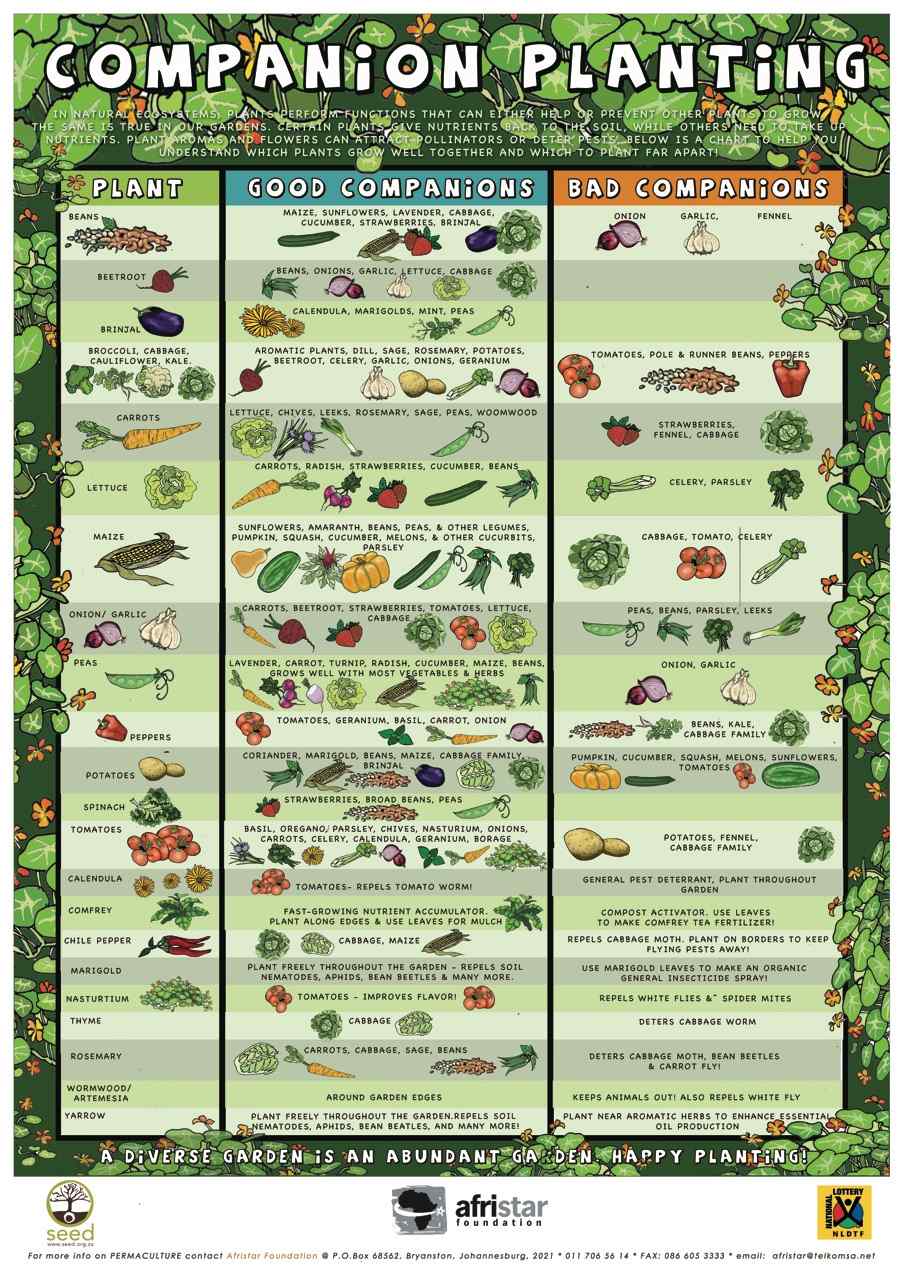
- Lettuce and spinach: Lettuce shades the soil for spinach, which helps to keep it cool and prevent it from bolting.

- How close together should companion plants be planted?
The ideal distance for planting companion plants depends on the specific plants involved. Some plants, such as beans and corn, need to be planted close together in order to benefit each other. Other plants, such as cucumbers and tomatoes, can be planted a little further apart.
In general, it is a good idea to consult a companion planting chart to find out the recommended planting distance for specific plants.
- What are some companion plants that should not be planted together?
Some plants can actually harm each other if they are planted too close together. For example, tomatoes and potatoes should not be planted together because they can both attract the same pests.
Other plants that should not be planted together include:
- Garlic and beans: Garlic can inhibit the growth of beans.
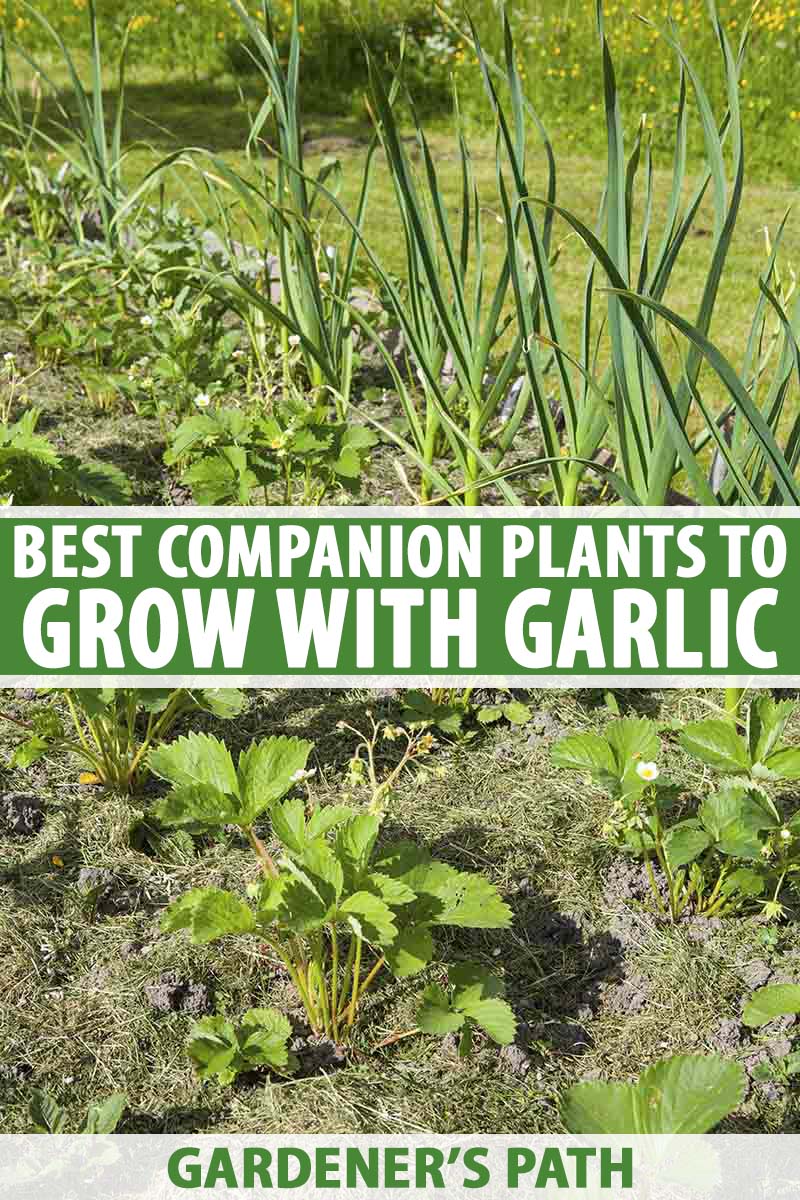
- Onions and peas: Onions can inhibit the growth of peas.
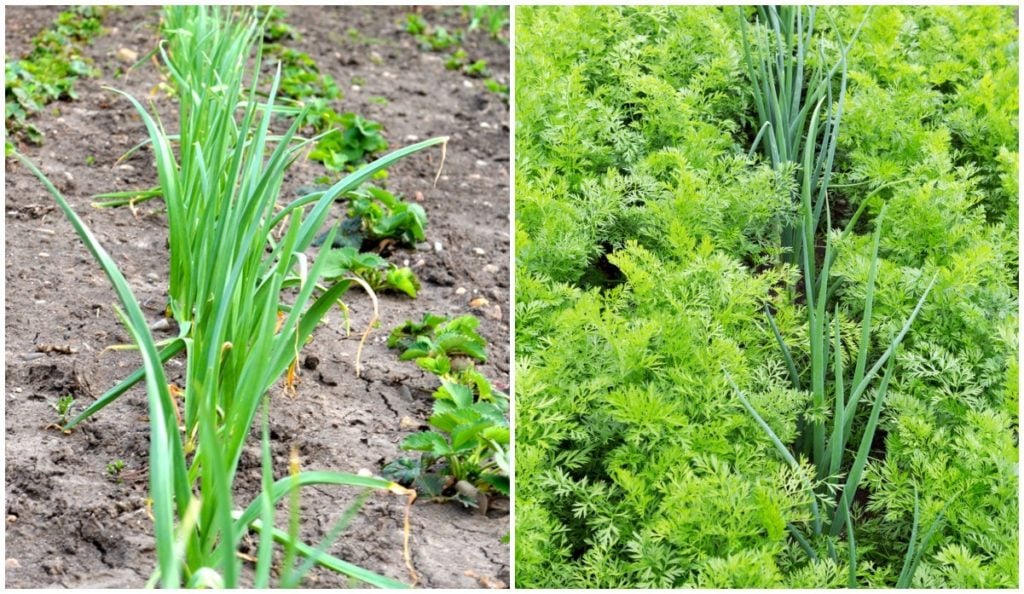
- Cabbage and kohlrabi: Cabbage can attract pests that also attack kohlrabi.

- Squash and melons: Squash and melons can compete for nutrients and water.
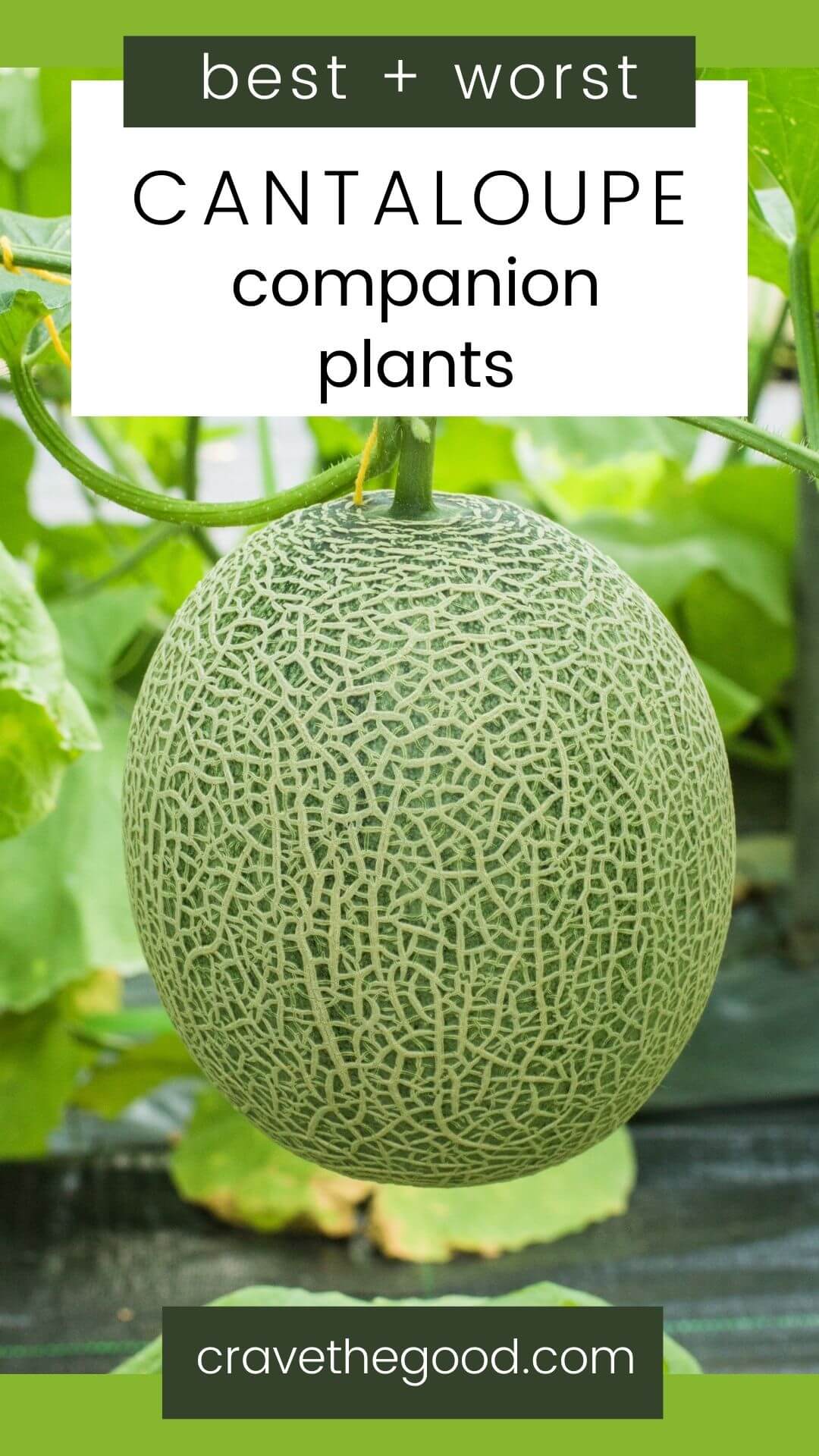
- Peas and strawberries: Peas can attract pests that also attack strawberries.
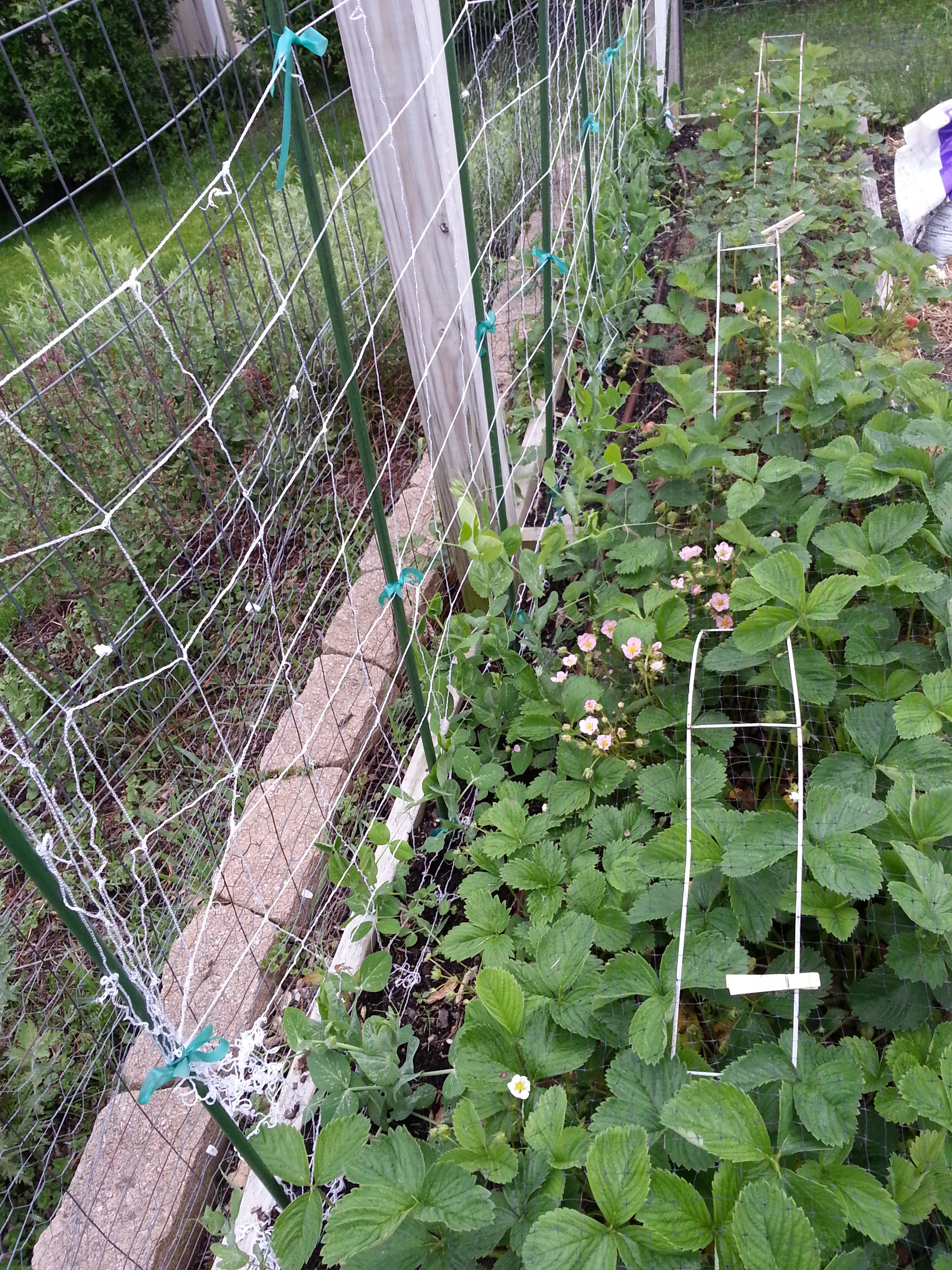
- How can I learn more about companion gardening?
There are many resources available to learn more about companion gardening. You can find books, articles, and websites that provide information on specific plants and their companion plants. You can also talk to experienced gardeners or visit your local nursery for advice.
- What are the benefits of companion gardening?
There are many benefits to companion gardening, including:
- Increased yields: Companion plants can help to improve the growth and productivity of your vegetables.
- Disease resistance: Companion plants can help to deter pests and diseases, which can lead to healthier plants.
- Attract beneficial insects: Companion plants can attract beneficial insects, such as ladybugs and honeybees, which can help to control pests.
- Improved soil quality: Companion plants can help to improve the soil quality by adding nutrients and organic matter.
- Reduced workload: Companion planting can help to reduce the amount of time and effort you spend gardening.
Image of companion gardening
- Image 1: A tomato plant surrounded by basil, chives, and marigolds. The basil and chives deter pests, while the marigolds attract beneficial insects.
- Image 2: A row of carrots with lettuce and radishes planted in between. The lettuce and radishes help to suppress weeds and improve the soil quality for the carrots.

- Image 3: A bed of potatoes with beans and peas planted at the edge. The beans and peas help to fix nitrogen in the soil, which benefits the potatoes.
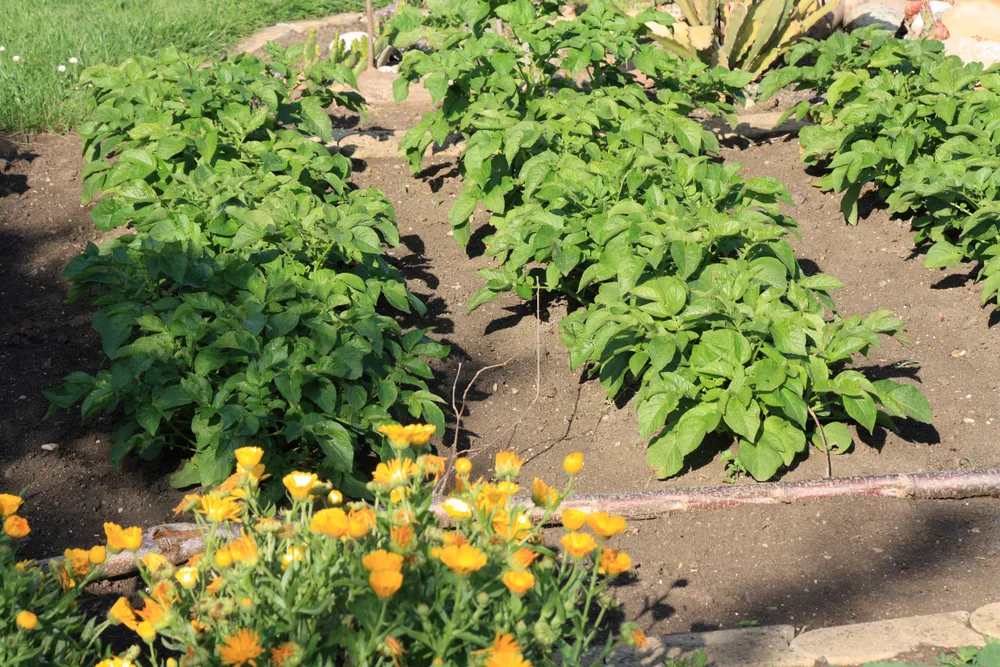
- Image 4: A sunflower plant with nasturtiums growing at its base. The nasturtiums deter pests from the sunflowers.
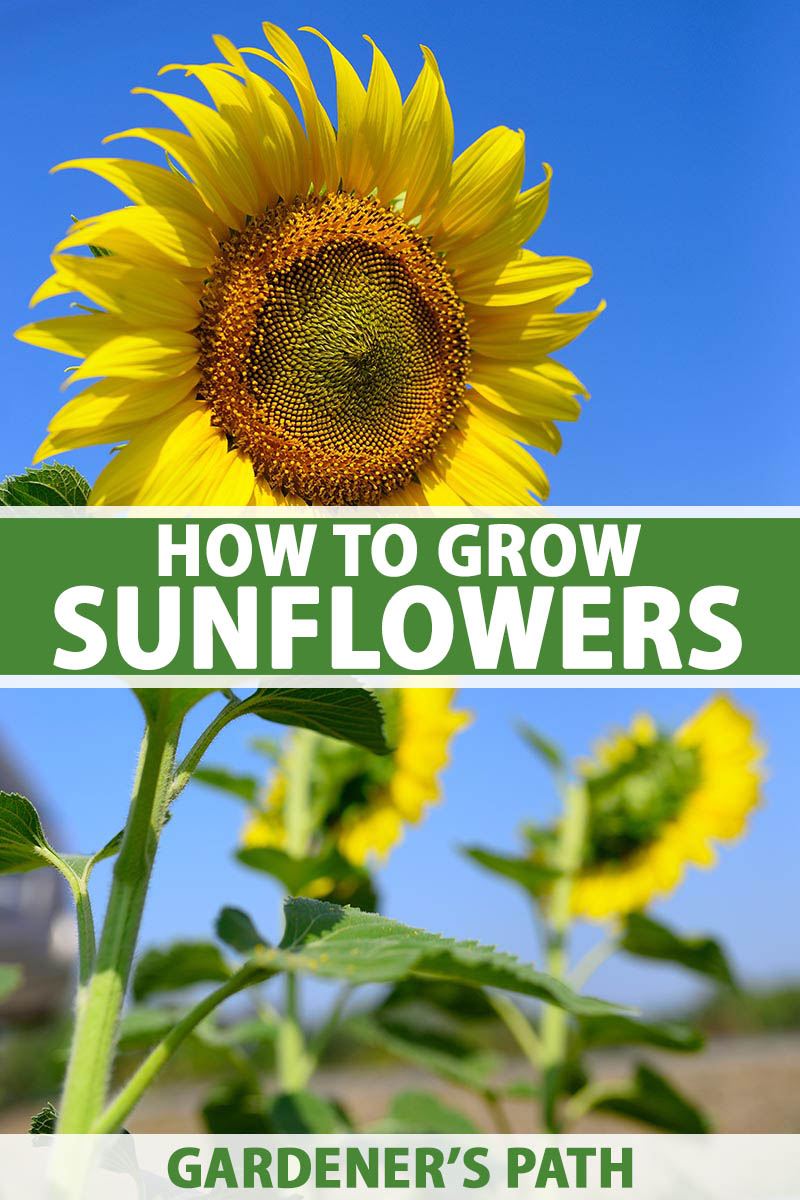
- Image 5: A herb garden with different herbs planted together. The different herbs help to attract beneficial insects and deter pests.
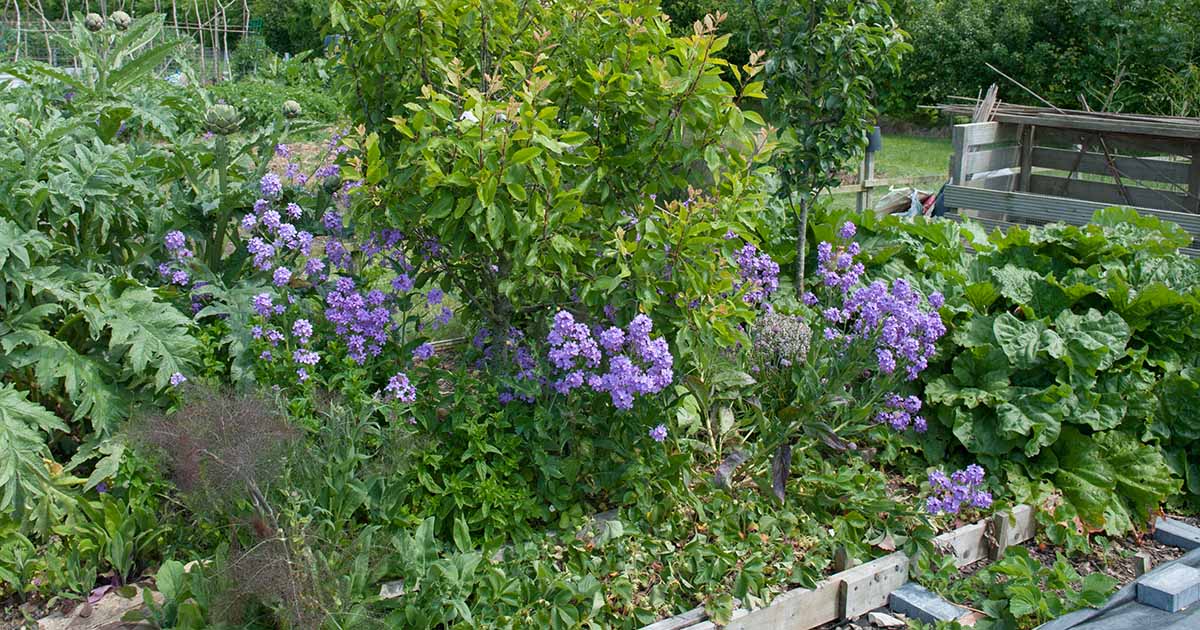

Post a Comment for "The Ultimate Guide To Companion Gardening"